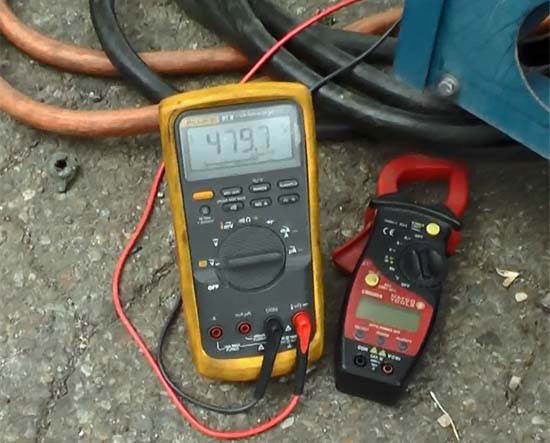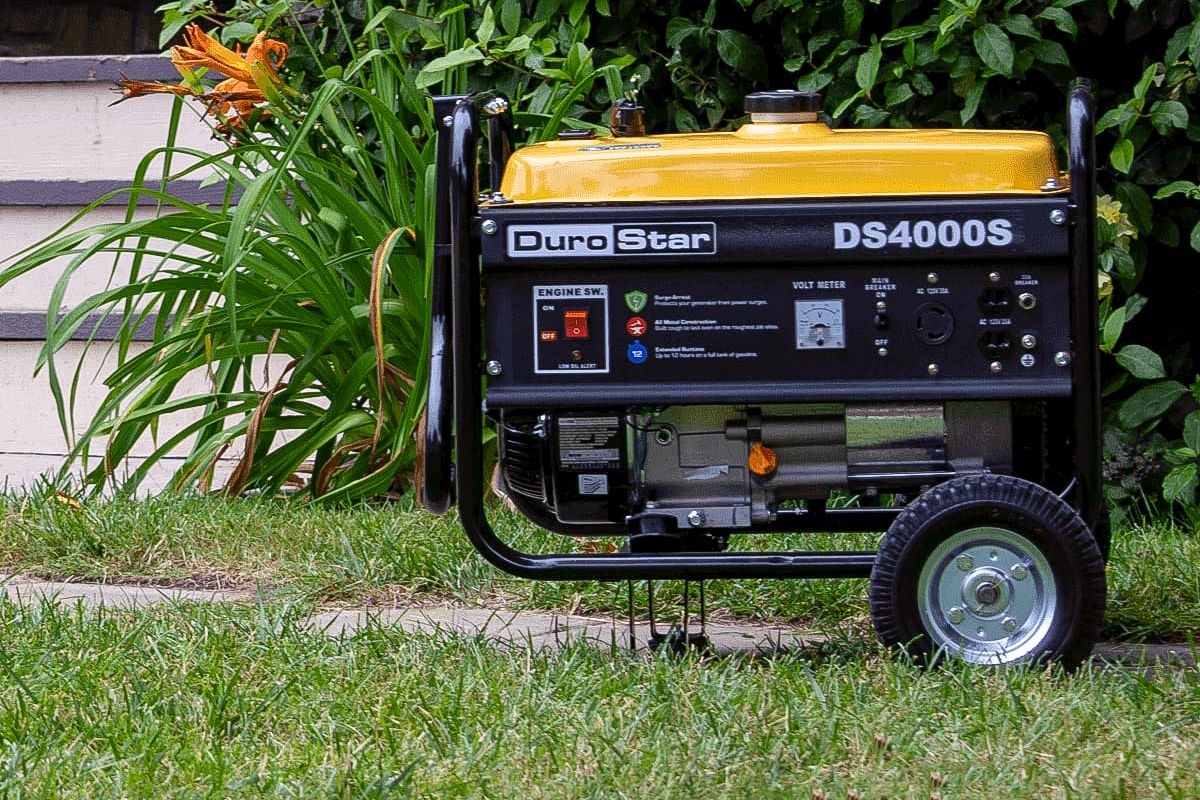A generator is a device that provides electricity when a regular power supply fails. It manages to convert mechanical energy into electrical one. The generator has such a mechanism that creates electricity to a level of wattage. The best way to evaluate how the generator works is to test it. Let’s say you know that periodic testing is well taken after a power failure, and that is how your generator system will work in an emergency.
Sometimes, problems may occur while operating, so running some tests beforehand will benefit you in emergencies to ensure your motor is in proper working condition. Conduct an output test to check power levels and load test to remain confident that your generator will not fail to supply power at full speed.
Let us discuss two essential methods to test your generator:
Method 1 – Check Your Generator
 It is pretty much essential to check your generator’s condition before running some tests. Here are some steps which you can conduct to examine your generator:
It is pretty much essential to check your generator’s condition before running some tests. Here are some steps which you can conduct to examine your generator:
1. Operate Generator:
To operate your generator, press the power switch to ON and tug the pull cord to start your generator.
2. Set the Voltmeter to Estimate AC Voltage:
Rotate the voltmeter dial at the AC testing position. It may be mentioned as a V ~. Or a ~V symbol depending on the model.
3. Connect the Cords from the Voltmeter to the Generator:
First, connect the black cord with the help of the alligator’s chip to the negative generator terminal. In case of any damages to electrical components, it is ideal to do this step.
Secondly, connect the red cord from the voltmeter to the generator’s positive terminal to estimate the voltage reading.
Some generators have different output plugs for various voltage readings, for example, (120-volt and 220-volt) output. There is no difference while conducting tests on both.
4. Check Voltmeter Reading
Check the voltmeter display to read the volts output your generator puts while holding the red cord with the output plug. Your generator will show the reading according to its volt output.
For example, if you have a 220-volt production, the voltage reading would be either 220-volts or somewhere near to this voltage reading.
If the voltage reading is below the output level, there may be some problem with your generator.
5. Switch Off
Detach the cords from the generator and voltmeter and switch off your generator.
Method 2 – Performance Testing
Another method to look over your generator’s functioning is to run performance tests.
In this method, the generator will be put under different load conditions and checked on how it reacts to various power draws.
1. Inspect Oil and Fuel Levels
After turning off the generator:
- Let it cool for few minutes to let the oil set down.
- Check the generator’s fuel indicator to ensure that the fuel tank is full.
- In the same way, check the oil level.
2. Turn On the Generator at Maximum Speed
Turn on the generator and set it at maximum speed by pulling the generator’s speed governor.
If you hear any weird sounds at this step, it is a sign that your generator is not working correctly.

3. Link the Generator With Power Load Bank
A load bank test will ensure that your generator is working optimally. It applies a load to the generator by attaching an output load cable from the generator to the power load bank.
4. Check the Circuit Breaker and Load Switches
From the generator’s control panel, switch on the circuit breaker and turn on load switches one at a time.
First, switch on the maximum load and add smaller ones until the generator operates at full speed.
For instance, if the generator can put out 50 amps of power, you could turn one load switch for a 20-amp load and three load switches for 10-amp loads.
to stop the generator completely. Within few minutes of shutting off the last load, it must be done to avoid the generator from running under no load for a longer duration.
5. Do Load Test
Let your generator operate at the same load for the required test period and inspect the reading on the load bank to verify the generator’s performance is not dropping while conducting the test.
6. Run the Generator on a Light Load
After the load test, let the generator run for 1 hour at a maximum output of 10-20% after switching off the load. After one hour, you can turn off the load.
It is done after the load test has been taken, but in normal use, it can lead to wet-stacking, which is if unburned fuel so might build up in the generator.
7. Turning off the Generator
When you want the generator to stop sending the power, you need to turn OFF the circuit breaker. After turning it off, turn the key switch off.
Now, let’s discuss some safety precautions for using a generator.
Safety Precautions While Using a Generator
Here are some important safety tips which you should keep in mind while using a generator.
- Always wear safety gloves and rubber slippers when using the generator.
- Never place your generator in close spaces or indoors.
- Make sure you do not operate your generator near water.
- Always ensure your generator’s fuel tank is full.
- Refill your generator when it’s turned off and cool down.
- Secure your generator from any flammable liquid.

Final Verdict
Generators can indeed be a lifesaver, but other than that, if not test and taken immediate precautions on time, it can be dangerous too.
People usually purchase generators around significant storms. They might skip the safety steps when working on a flashlight or in a rush to keep the power running.
Always test the generator before installing it at home and outdoors. And also, make sure to outfit your home with the working carbon monoxide alarms outside every room before firing up a generator to stay safe.

